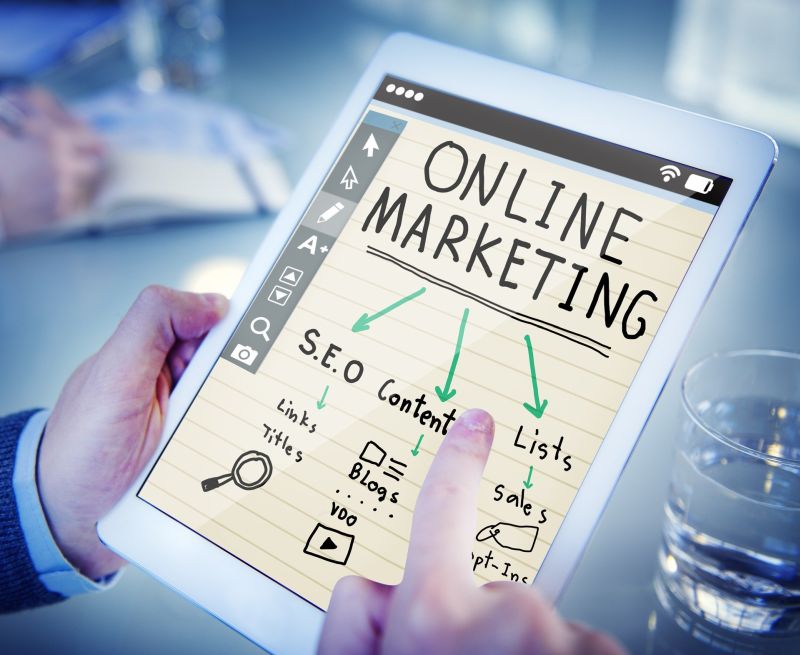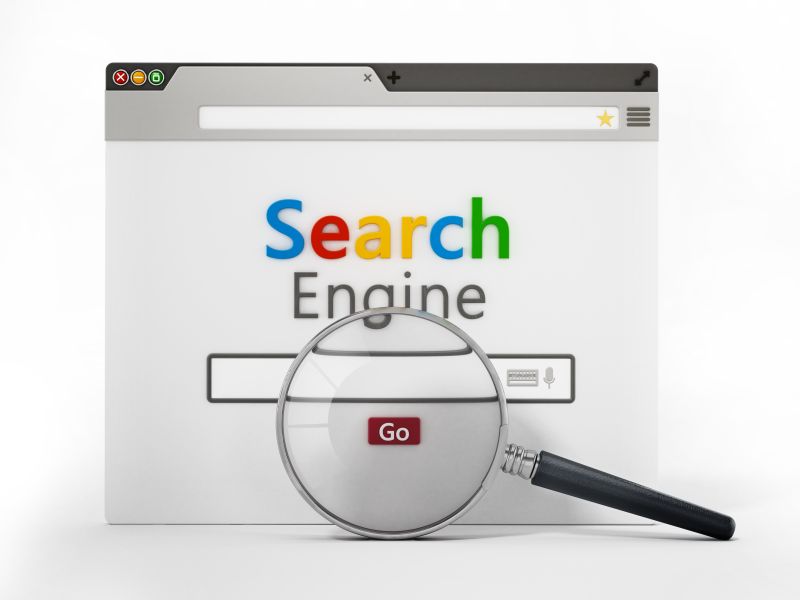When it comes to online marketing, some folks are willing to utilize every trade trick to help generate business. However, marketing can be challenging to direct and can also get expensive. Fortunately, there are cost-effective marketing strategies and also times when a more significant investment can pay off. Whether to pay for advertising or not can vary based on a company’s needs and budgets.
The most common online advertising methods are search engine marketing (SEM) and search engine optimization (SEO). The main difference between the two is the cost. Though both have the initial cost for advertising materials, such as articles or ads, SEO is free, and SEM is not.
Search Engine Marketing
SEM uses paid strategies to generate marketing interest, and thus, sales. Boosts to visibility are search results, ad sponsors, and click-through ads are good examples of SEM. Search engine marketing can be very effective, but it can also grow costly. If those costs don’t create sales, then the money is wasted.
Search Engine Optimization
SEO, on the other hand, is free beyond the initial advertising investment. SEO organically generates views and growth by using keywords and phrases to increase and improve results in online searches. The main downside to SEO is that it tends to be more long-term, so immediate effects are usually limited at first. SEM can be quicker, but the long-term gains are more dependent on sales because of the costs involved.
Which to Use?
Both SEM and SEO have their uses and risks. SEM can garner fast results that cast a wide net, but with the costs involved, if sales don’t keep pace with the expenses, it ends up not being worth it. Generally, the costs are low, but depending on a company’s resources and budgetary needs, it can matter. SEO is free and great for long-term growth, and the net can be broad or narrow as needed. The development is also organic and natural, so it tends to keep going and snowball as long as the keywords and phrases are relevant. SEO isn’t affected by budgetary changes and needs, so it can continue to be effective, whereas SEM stops working when the paid marketing stops.
Each of these have their uses. The two can also complement each other, with SEO boosting the effects of search engine marketing. What works for a company will depend on their budgets, services, and long versus short term marketing needs.
StickyLeads
Are you still confused about the difference between SEM and SEO or how to use them effectively? StickyLeads can help. Our experts will review your needs and budget and recommend the best combination for your business. Contact us at 757-390-0748 and see what we can do for you.







